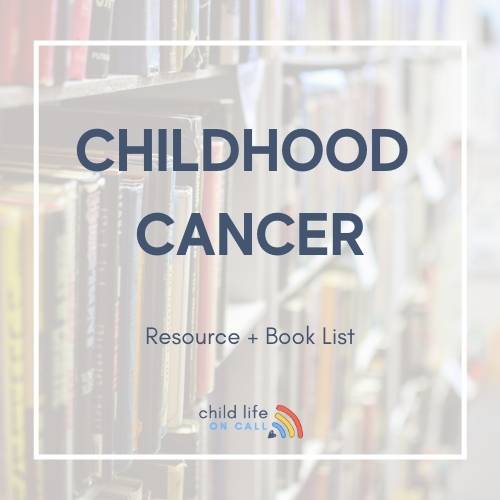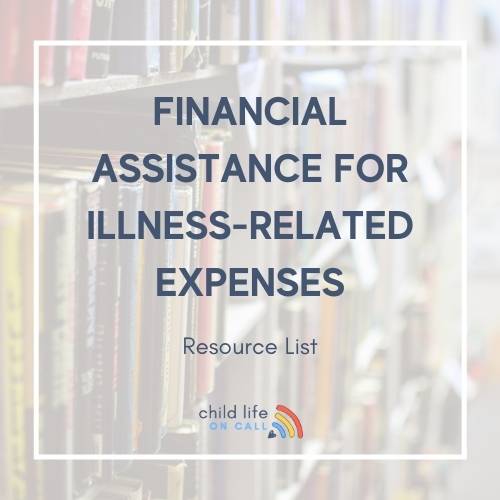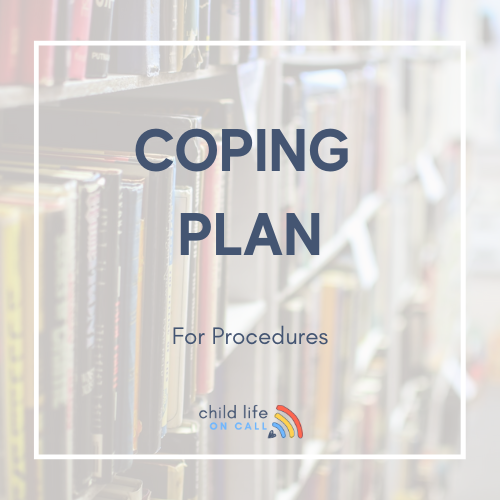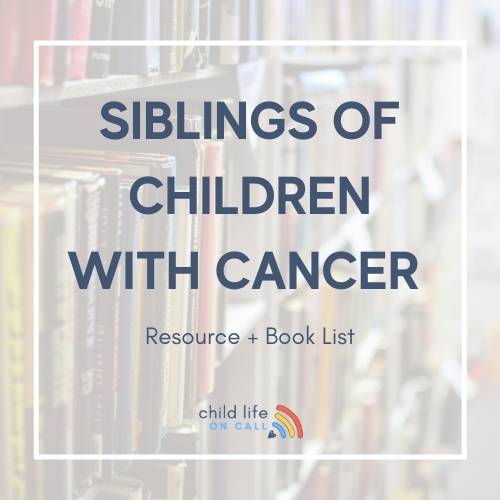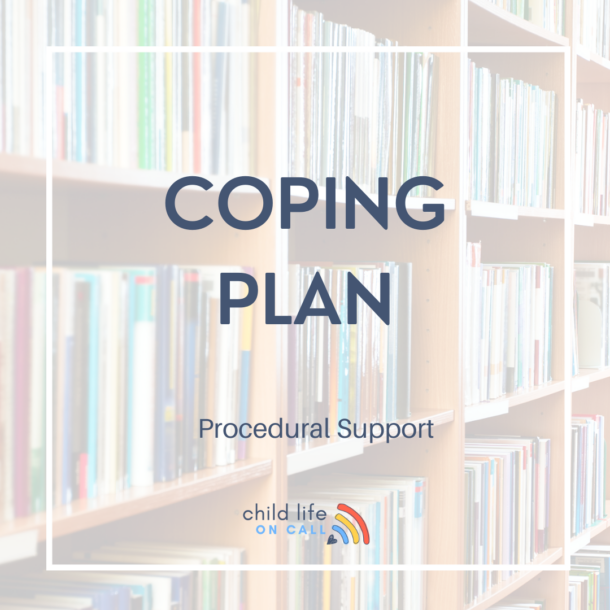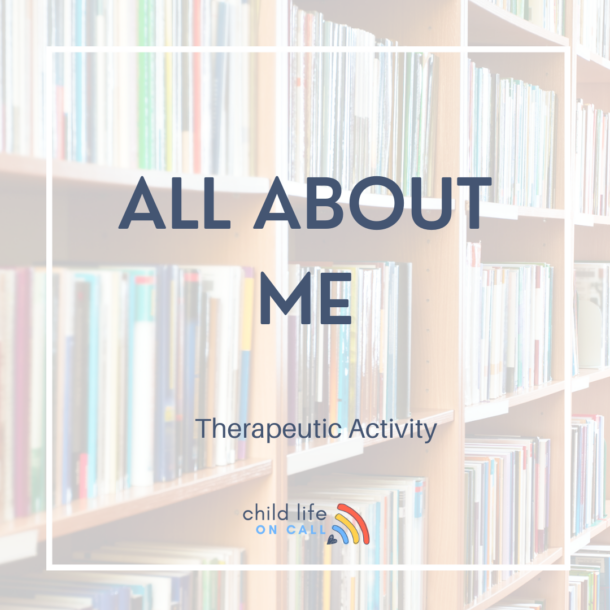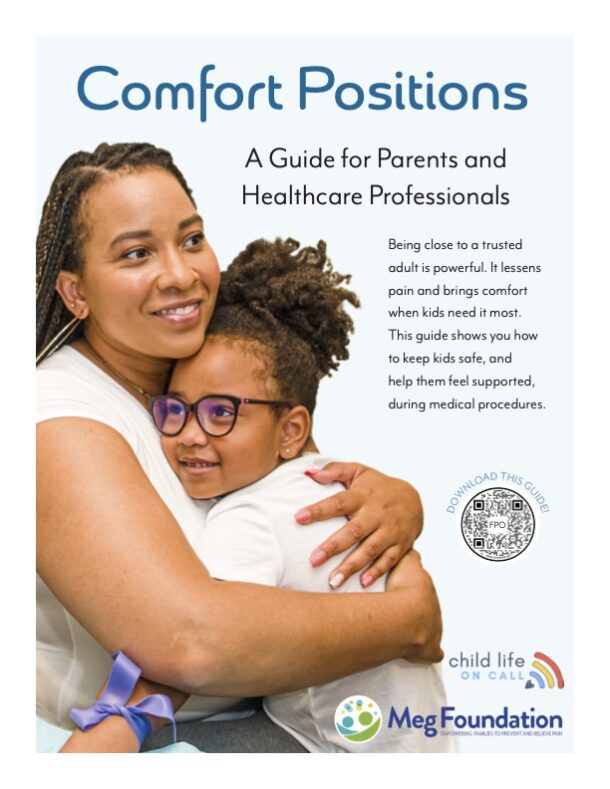Medical Words We Use That Are Confusing Children
Simplifying Healthcare Language for Young Patients
The Impact of Confusing Medical Words on Children
Understanding medical terminology can be challenging for anyone, and for children, it can be even more bewildering. As healthcare professionals and parents, it’s crucial to recognize how the use of complex medical jargon can impact a child’s understanding and experience of healthcare. This blog post talks about how to break down these words and make healthcare more approachable for our youngest patients.
Common Terms That Confuse Children
There are numerous medical terms that, while routine for professionals, can be confusing or even scary for children. Terms like ‘intravenous,’ ‘anesthesia,’ or ‘radiology’ might be everyday language in hospitals but can seem foreign and intimidating to young ears. Here, we’ll explore some of these common terms and alternative ideas to try using.
- Instead of saying Cat Scan, which can be confusing, say it is a “circle camera that takes pictures of the inside of your body”.
- Instead of saying MRI, or magnetic resonance imagine, say its a “fancy camera that takes pictures of your organs, bones, and other parts of the inside of your body”.
- Instead of saying Anesthesia, explain to your child that it is “sleepy medicine so that you do not feel, see, or remember anything while the doctor is treating you”.
- Instead of saying Biopsy, try saying “taking a small piece of tissue from your body to look at more closely”.
- Instead of saying Intravenous, or IV, say it is a “special way doctors give your medicine through a tiny straw straight into a vein”.
The Role of Child Life Specialists in Translation
Child life specialists play a crucial role in the healthcare system, particularly in facilitating effective communication between medical professionals and young patients. Their expertise in translating medical terms into child-friendly language is just one aspect of their broader mission to demystify the healthcare experience for children.

Expanding their Role in Communication:
- Creating a Safe and Understandable Environment: Child life specialists are trained to use age-appropriate language and explanations, ensuring that children understand what to expect in terms of medical procedures and treatments. This understanding helps create a safe and less intimidating environment for young patients.
- Utilizing Creative Methods: They often employ creative methods such as storytelling, role-playing, and the use of dolls or teddy bears to explain medical conditions and procedures. This approach can make complex medical information more relatable and less frightening for children. Check out a play doctor set here that can be used for medical play!
- Supporting Emotional Well-being: Beyond mere translation of terms, child life specialists provide emotional support. They are adept at identifying signs of anxiety or distress in children and use various techniques to alleviate these feelings. This emotional support is key to a positive healthcare experience for young patients.
- Family Involvement: Child life specialists also guide parents and family members on how to communicate with their child about their health. This includes coaching on the use of simple language and positive reinforcement techniques, which can be crucial in supporting a child’s emotional and mental well-being.
- Feedback Loop with Medical Staff: They serve as a vital link between the medical team and the patient. By providing feedback to healthcare providers on a child’s understanding and emotional state, they can influence how medical information is presented, ensuring it meets the child’s needs.
- Educational Support: In cases where a child’s medical condition affects their school life, child life specialists can provide educational materials and support, helping to bridge the gap between the hospital and the school.
By fulfilling these roles, child life specialists ensure that children are not just passive recipients of medical care, but are actively engaged and comforted throughout their healthcare journey. This holistic approach to communication greatly enhances the quality of pediatric care, making it more child-centric and effective.
Tips for Parents to Simplify Medical Language
Parents are often the primary communicators for their children in medical settings. When it comes to breaking down medical information for children, parents can play a crucial role in making the healthcare experience less intimidating and more understandable.
Here are three practical tips for parents:
- Use Simple and Clear Language: Avoid medical jargon and opt for simpler, everyday language. For example, instead of saying “You’ll have an intravenous line,” you could say, “You’ll have a small tube in your arm to give you medicine and water.” It’s important to be truthful but also to use terms that are age-appropriate and won’t cause unnecessary alarm.
- Encourage Questions and Provide Reassurance: Always encourage your child to ask questions about their treatment or condition, and answer them honestly at a level they can understand. Offer reassurance and comfort, letting them know that it’s okay to be scared or worried. Affirm that doctors and nurses are there to help them get better.
- Incorporate Storytelling and Play: Children often understand complex concepts better through stories and play. If a child needs an X-ray, explain it by comparing it to a camera taking pictures inside their body. Use toys or draw pictures to illustrate how things work. This method can make the information more relatable and less scary.
Episode 179 | Laura’s Story-Why Therapeutic Play is Essential During Healthcare Experiences
Remember, the goal is to make medical information as accessible and as less daunting as possible for children, to help them feel more in control and less anxious about their healthcare experiences.
The Psychological Effects of Misunderstood Terms
The psychological effects of misunderstood medical terms on children can be significant and multifaceted. When children do not understand the medical information they are given, experts say it can lead to a range of emotional and psychological responses:
- Feeling of Helplessness: Not understanding what is happening to their bodies or why certain procedures are needed can leave children feeling helpless and out of control. This lack of control can be distressing and may exacerbate feelings of vulnerability, especially in a hospital setting.
- Loss of Trust: If children feel that they are not being told the truth or that information is being kept from them, they may lose trust in their caregivers and medical professionals. This mistrust can hinder their willingness to cooperate with medical procedures and treatments. Here ways to encourage bonding between children and their parents.
- Behavioral Changes: Misunderstanding can also manifest in behavioral changes. Children may become more withdrawn, anxious, or exhibit regressive behaviors like bedwetting or thumb-sucking. In some cases, children may become more aggressive or act out as a way to express their fear and confusion. Always encourage parents to talk to their pediatrician and mental health care team if they are noticing behavior changes.
- Impact on Coping Mechanisms: Effective coping with medical procedures is largely dependent on understanding what to expect. Misunderstandings can interfere with the development of healthy coping mechanisms, making it more difficult for children to adapt to and cope with their medical experiences. Learn more about coping skills here.
- Long-term Psychological Impact: Repeated experiences of misunderstanding and the resultant anxiety can have long-term psychological effects. It can influence how children view healthcare in the future, possibly leading to avoidance of medical care or heightened anxiety during future medical encounters. Resources to find licensed therapists for children and adults can be found here.
- Increased Anxiety and Fear: Misunderstanding medical terms can make a hospital or medical environment more frightening for a child. If a child misconstrues a term to mean something more severe or painful than it actually is, it can increase their anxiety and fear about the treatment or procedure they are facing. Learn more about pain through the MegFoundation.
Addressing these issues involves clear, age-appropriate communication with children about their healthcare, using language they can understand, and ensuring they feel heard and supported in their medical journey.
Successful Communication Examples
Let’s talk about diving into real-life instances where breaking down complex medical information into simpler terms has significantly improved the experiences of children in healthcare settings. By using easy-to-understand language and child-friendly explanations, healthcare professionals can make a profound difference in how children perceive and respond to medical care.
For example, you can use storybooks to explain complex information. Books we love about surgery are all included here in our Amazon store front. My personal favorites, Surgery on Sunday and Franklin Goes to the Hospital can help guide the conversation with young children. The authors used simple language and colorful illustrations to describe what happens during surgery, turning a potentially scary experience into an engaging story. This approach helps kids feel more comfortable and less anxious about the procedure.
This example showcases how transforming complex medical information into simpler, more relatable forms can positively impact a child’s perception of healthcare. Such strategies not only ease the anxiety of young patients but also empower them with knowledge, making them active participants in their own healthcare journey.
The Role of Digital Tools in Simplifying Medical Terms
Digital tools and apps, like Child Life On Call, can be instrumental in simplifying medical language for children. The app encourages parents to break down medical information and teaches families how to advocate for their unique needs.
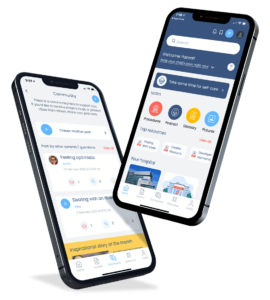
In conclusion, simplifying medical terminology for children is not just about using easier words; it’s about creating a more supportive and understanding healthcare environment. By being mindful of our language and approach, we can significantly improve the healthcare experience for our youngest patients.
Are you ready to take your child life services to the next level with technology? Join us for an exclusive webinar, ‘Transforming Child Life Services with Technology’, where we dive deeper into practical strategies and real-world examples of tech integration in child life programs.

